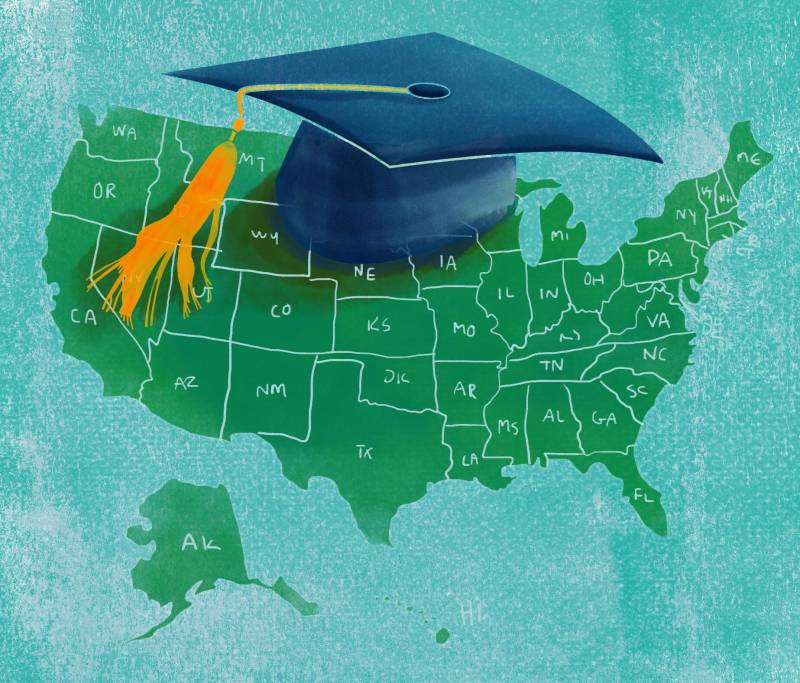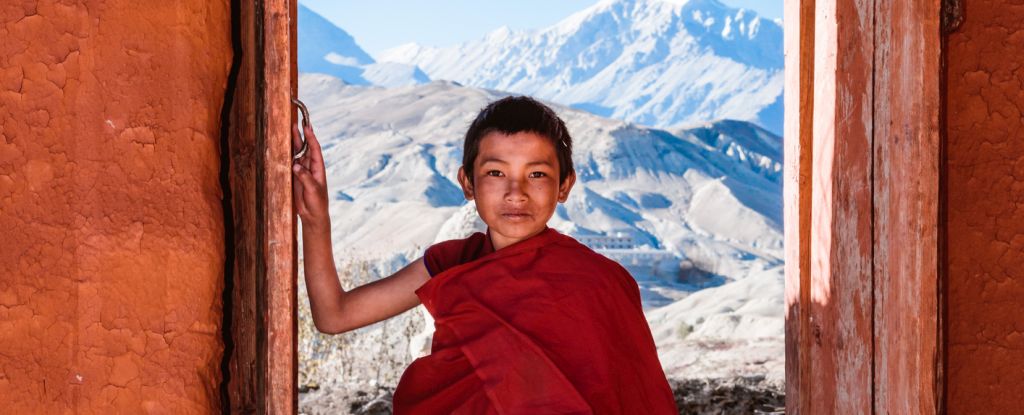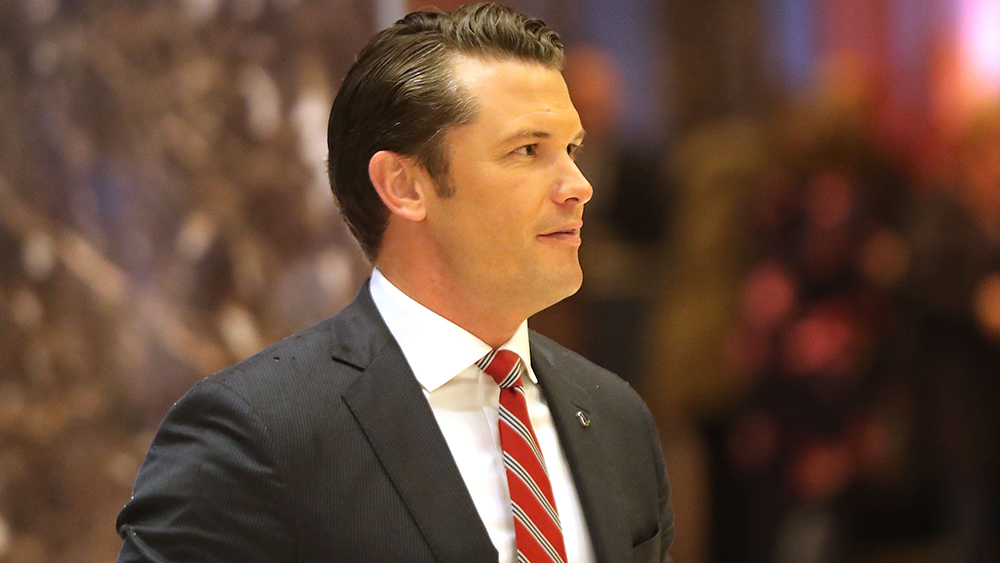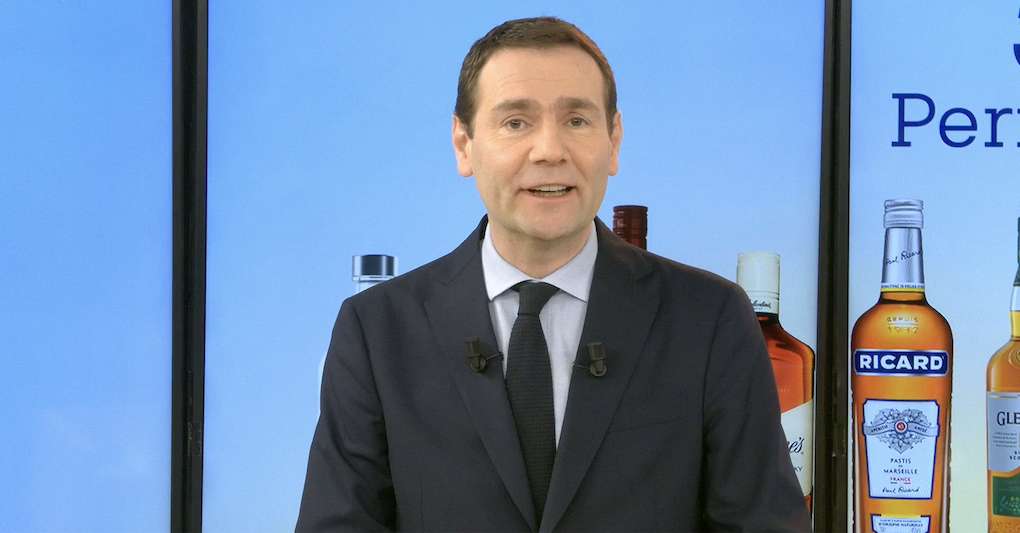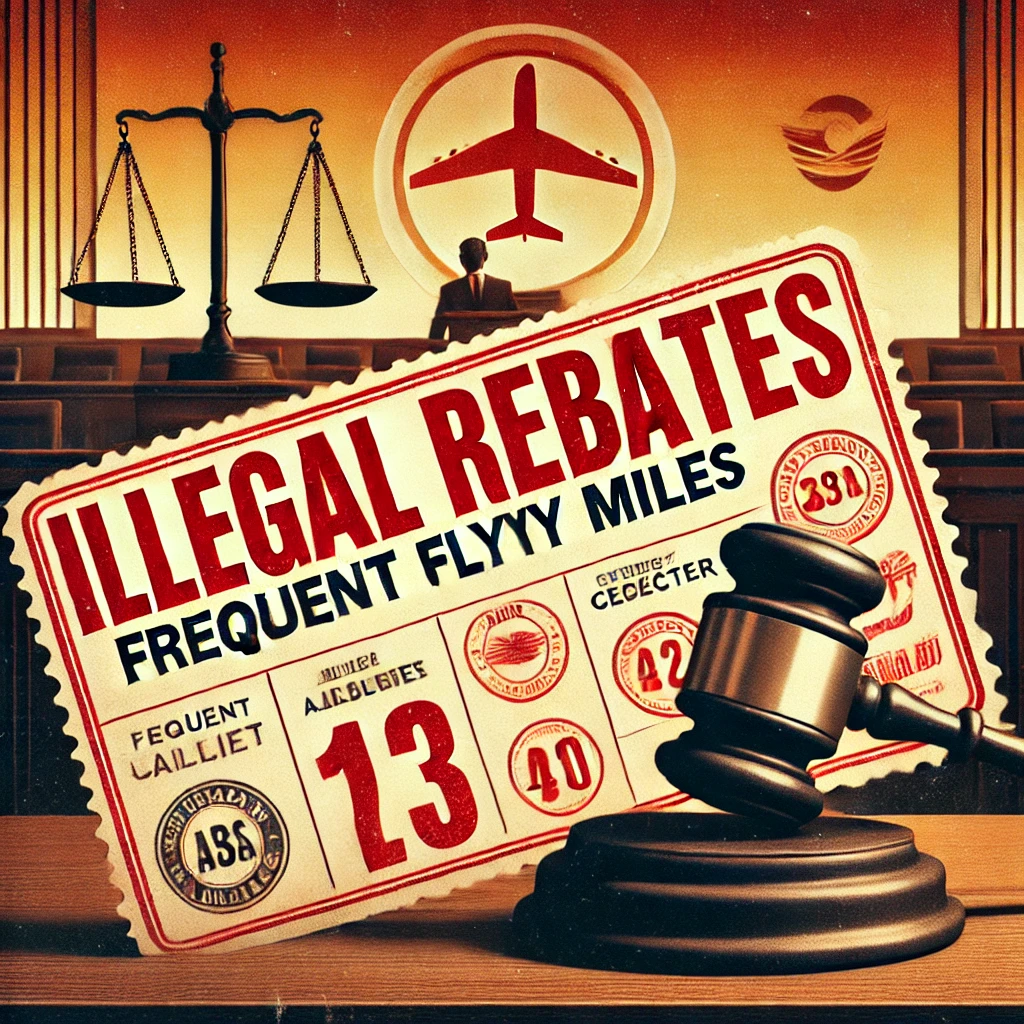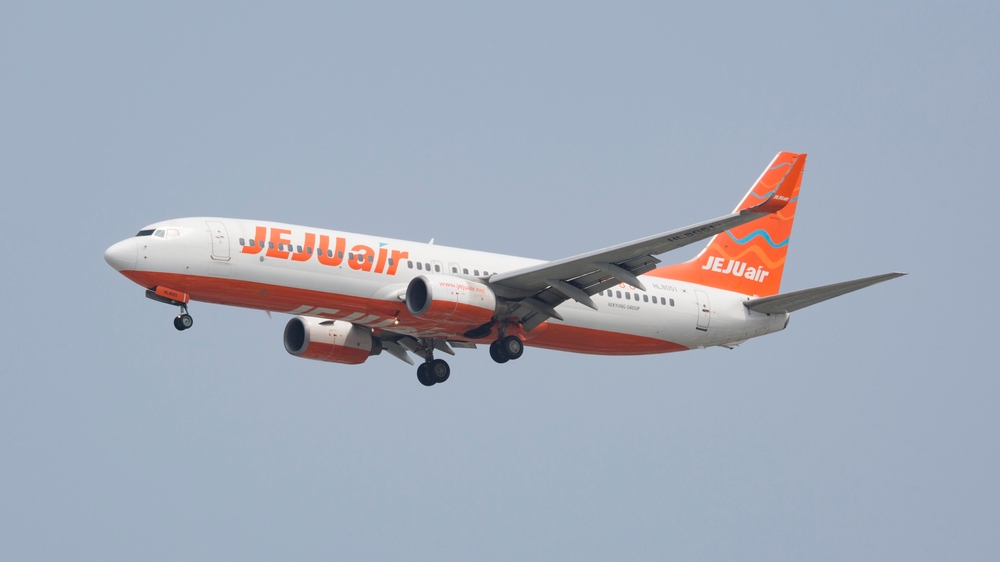Take It From an Expert: How the Couple Behind ‘Adventure Fix’ Will Inspire You to Take Your Next Truly Special Trip
And how you, too, can do the same.
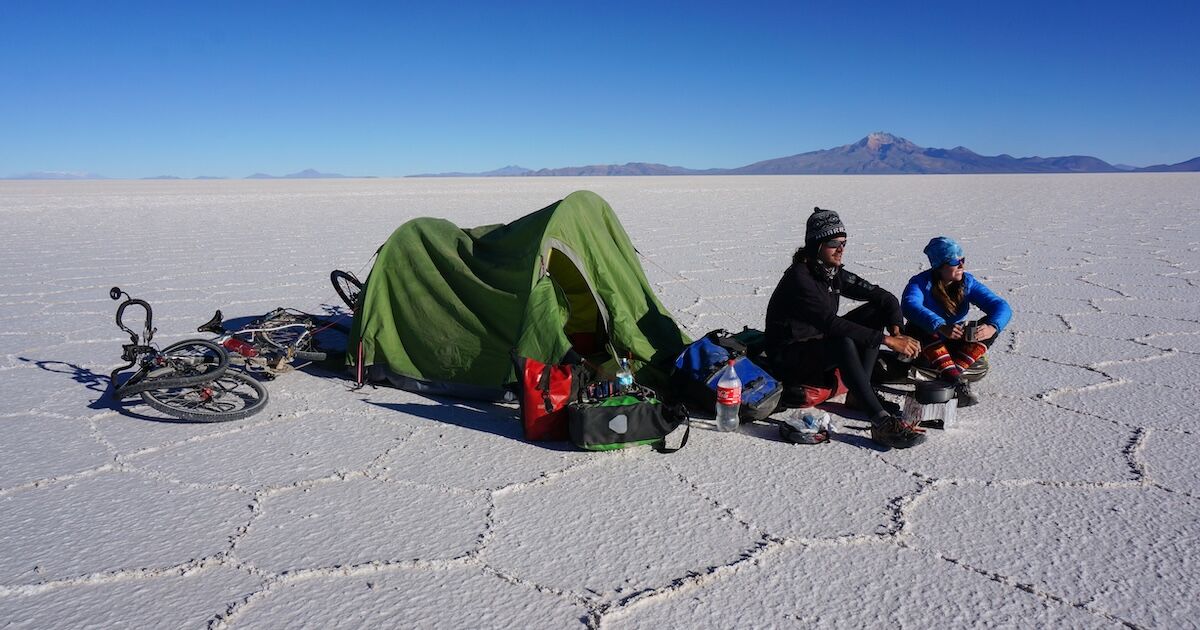
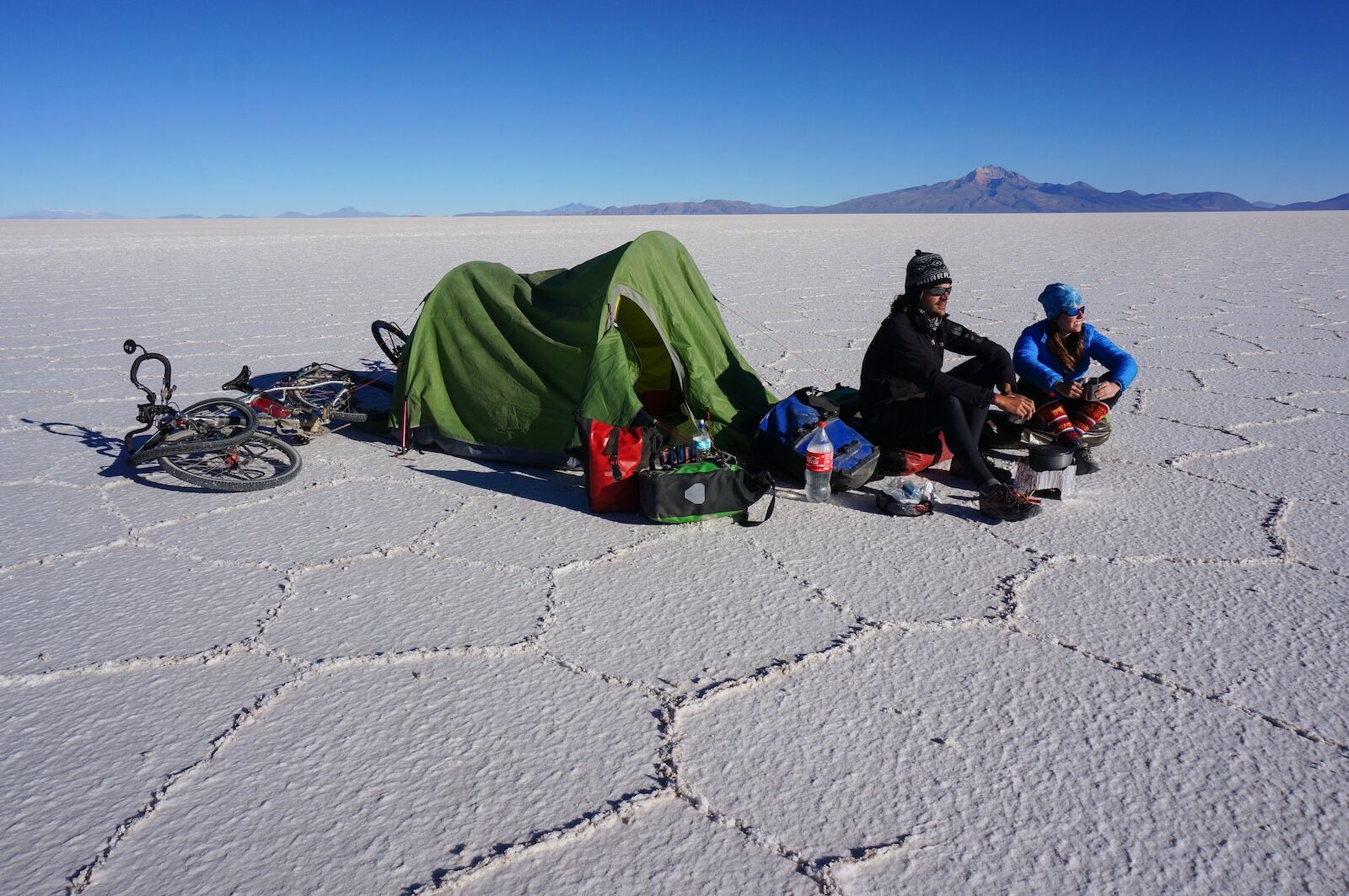
For the past decade, Amanda Zeisset and her husband Antonio Cala have been living what many travel writers and photographers only capture through their content. They’ve traveled to more than 150 countries, always with adventure at the top of the itinerary: a 15,000-plus mile cycling trip from California to Patagonia, 10,000 nautical miles through the Caribbean and Sea of Cortez, an 18,000-plus mile motorcycle expedition across West Africa. The list goes on.
Through their newsletter Adventure Fix and adventure tour booking platform Adventure Fix GO, they’re inspiring others to do the same. Each week, the newsletter highlights remote destinations, wildlife encounters, and expeditions through some of the most engaging stories, photography, and video published online. Importantly, it also has the information people need to take a similar trip of their own.
I’ve long been a subscriber, and often find myself sucked into stories and dreaming up new journeys. I recently connected with Cala and Zeisset to learn more about how they have built up an independent travel media business, what makes a great travel story, and the importance of getting out in the world.
This interview has been edited for length and clarity.
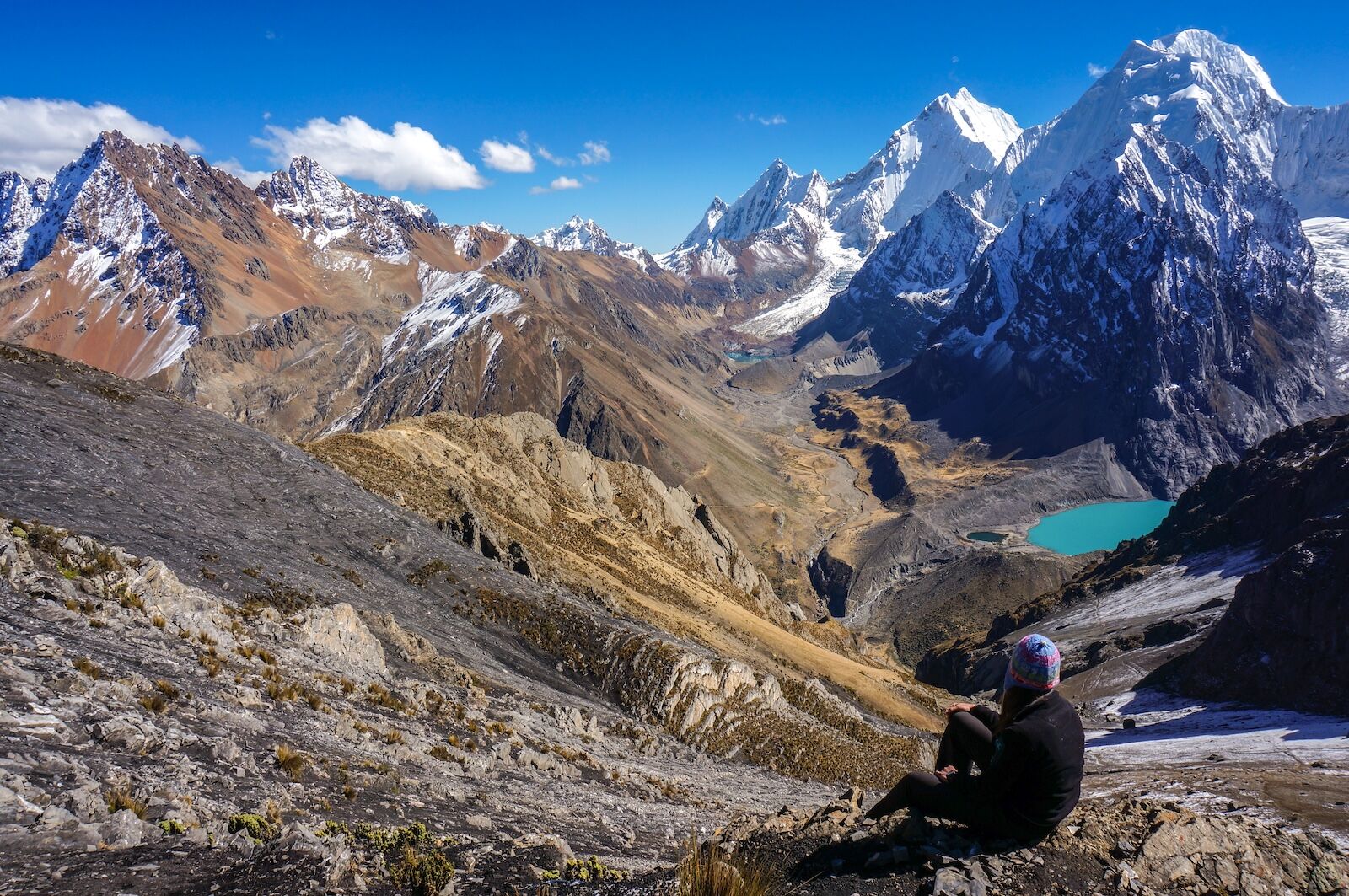
Hiking Huayhuash Circuit in Peru. Photo: Amanda Zeisset
Matador Network: What made the adventure travel media niche attractive to focus your business around?
Amanda Zeisset: My first business, The Adventure Junkies, began as an adventure travel blog that my husband and I co-authored. Over time, it evolved into an outdoor gear review website. Despite its success, my true passion was in travel experiences and destinations. When the opportunity came up to dedicate our time to a new business venture, we considered several niche ideas but we weren’t ready to leave the adventure travel space.
We had spent over a decade exploring the world, first by bicycle, then by sailboat and then our last big journey was by motorcycle. In between these trips, we used our savings to go to far-off places to hike, dive, and kayak.
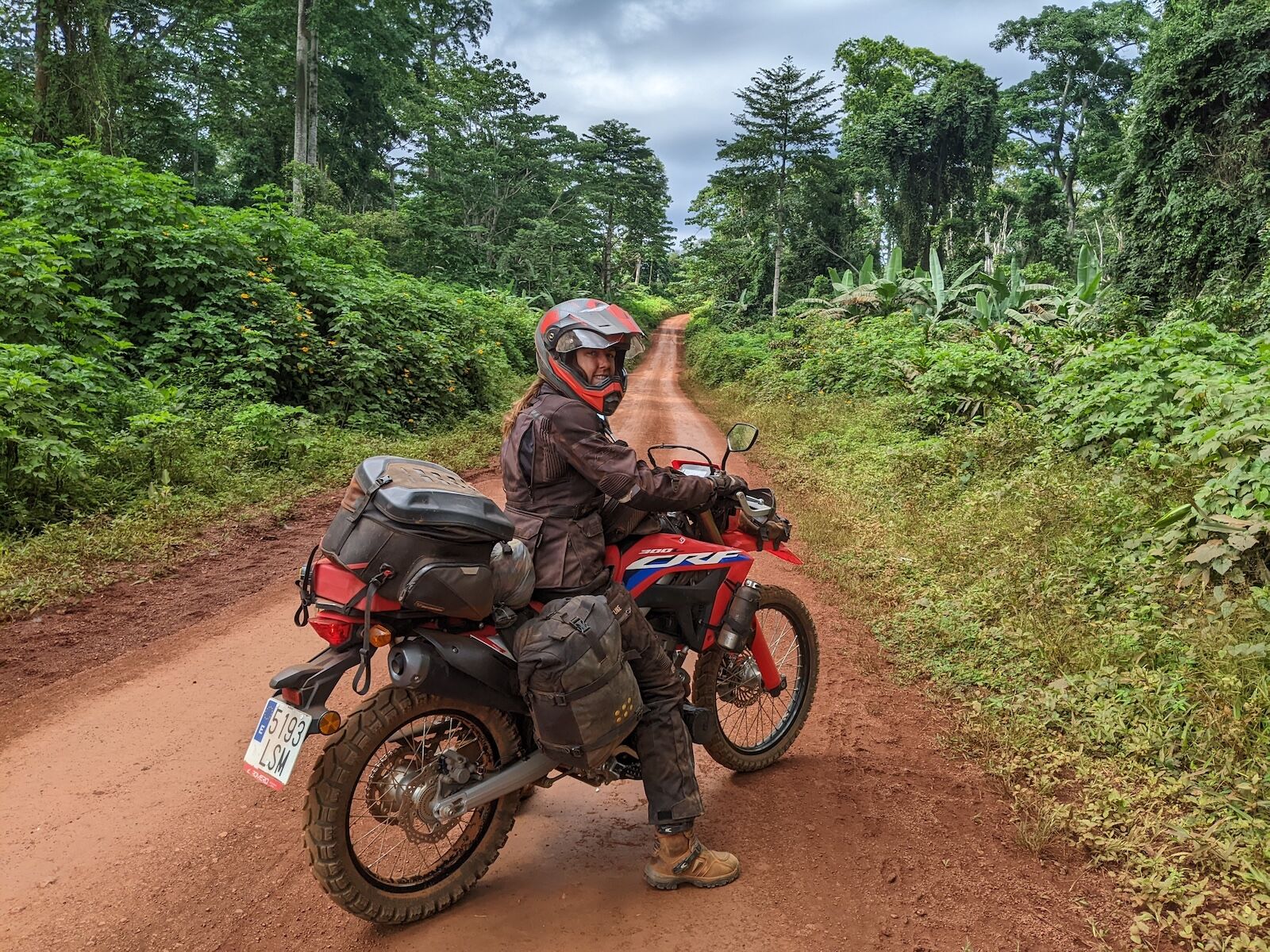
Photo: Amanda Zeisset
As the saying goes, write what you know — and after so many years seeking out adventures, I was confident we could bring a unique perspective to the space.
Travel media, and media of all kinds, has gone through a lot of shifts in recent years. What problem do you see Adventure Fix solving for people interested in engaging adventure travel stories?
There is so much travel content online so we help our audience weed through the noise and find truly special trips. Our target audience are experienced travelers who are looking for their next great adventure, so we feature destinations and experiences that are off the radar for most people.
For us and our readers, traveling isn’t about relaxing on the beach or taking a selfie with a famous monument in the background, it’s about going to places that feel like stepping into a new world. It’s about experiencing our planet in a meaningful way—whether that means making eye contact with an orca while snorkeling in Norway, staring up at K2 after spending a week walking to the base camp, or stargazing while camping on a secluded island in Palau.
Your curation shows how deeply and widely you read. How do you find the stories that you spotlight? What makes for an exceptional travel story?
Some of the most interesting finds have come from when I’ve gone down a deep, deep rabbit hole. Usually, it starts with something in my YouTube or Instagram feed and hours later I have so many tabs open that my laptop starts to overheat.
I’ve never been overly passionate about one thing, but I’m very curious about a lot of different topics. So I attempt to find connections between my current interests and what might captivate our readers. My goal is to balance giving readers what they signed up for with surprising them. The idea is to create content that makes them eager to open each edition, hoping to discover a hidden gem.
For our main features in the newsletter, I start with a destination or experience in mind and then find supporting articles and videos. The ones that make the cut do the best at showing the place or trip in the most engaging yet realistic way. That means exceptional photography and descriptions while not going overboard on editing or hype.
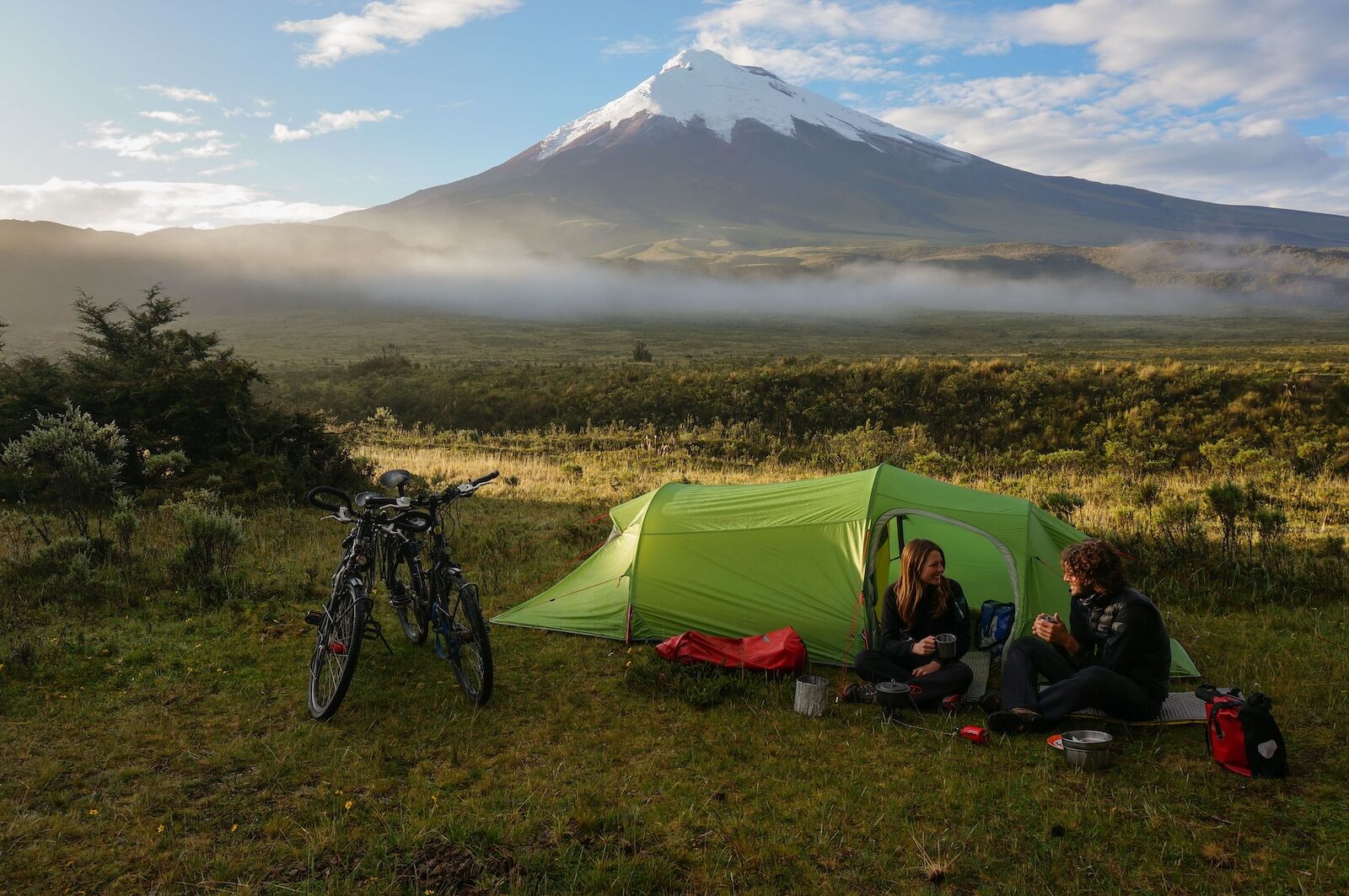
Amanda Zeisset and Antonio Cala camping at Cotopaxi. Photo: Amanda Zeisset
What is more important: the destination, or the way that a story is told?
The destination, without a doubt. Adventure Fix is designed for action-takers, not armchair explorers. While we occasionally feature first-person documentaries, films, or blogs, our primary focus is on delivering practical insights for real travel adventures.
To be featured in our newsletter, the adventure or destination must be inherently captivating. We write for people who aspire to create their own stories, rather than staying at home and living vicariously through someone else’s narrative — which most times is exaggerated to grab attention.
How has the definition of a “good story” changed over time as social media and video have become primary platforms for these stories?
As a destination-focused newsletter, I look for videos, shorts, and articles that truly showcase the place or experience. The content must give our readers an idea of if the destination or adventure is right for them, or not.
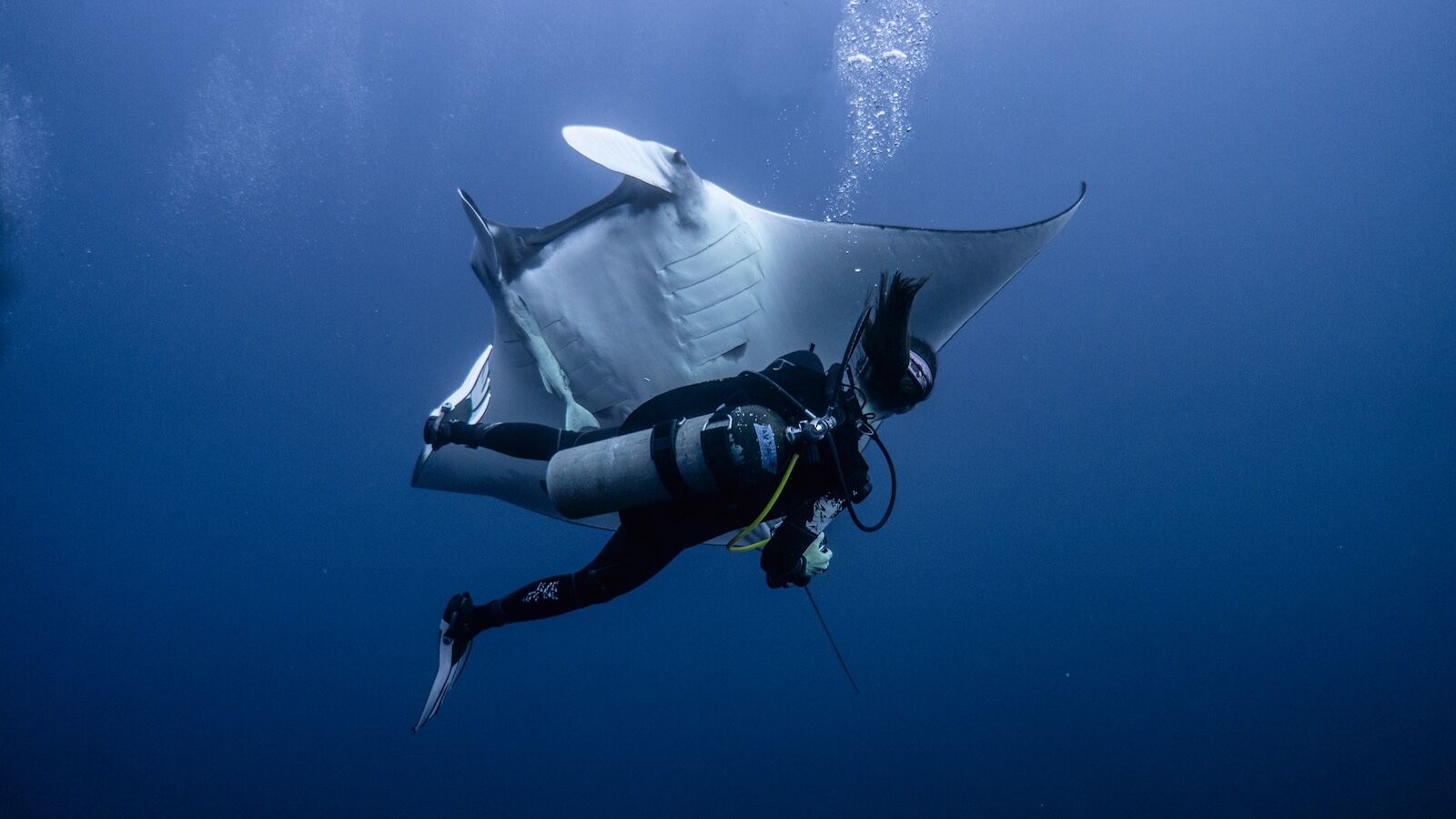
Diving with giant mantas near Mexico’s Revillagigedo Islands. Photo: Amanda Zeisset
For us, a “good story” is genuine and unique. It should be so special and interesting that you don’t need to hype it up or use click-bait titles, or girls in bikinis, to get people to read. Simply mentioning the place or experience should be enough to excite our audience.
Do you have three travel stories that stood out most to you last year?
Our feature of Ratua Private Island Resort got a lot of attention. It’s a place that has that special blend of comfort and authenticity. There’s something for everyone, from diving the reefs, hiking in the forest, or kayaking along the coast.
The main story in Issue 171, Surfing Hippos, highlighted an extraordinary safari experience in Gabon. Despite being a challenging destination to reach, the unique wildlife encounters made it unforgettable.
Another adventure that stood out was Kayaking the Rock Islands of Palau. We featured it two years ago in an issue and recently did what we call a “deep dive,” which is a more detailed look at the experience and how you can do it yourself.
Who do you follow that inspires you and helps you do your job?
A lot of my inspiration for trip ideas comes from tour companies like Big Fish Expeditions and Southern Sea Ventures. One of my favorite independent creators is Viktor Posnov.
What are some of the biggest challenges of being an independent travel media worker today?
As a business owner, one of the biggest challenges is finding product-market fit. It’s essential to create unique, engaging content that captures attention without resorting to clickbait or shortcuts, even if it means slower growth.
Maintaining audience trust and respect is crucial. It’s easy to chase trends, but in the long run, having a distinct personality and connection with the audience is what will set you apart.
In what ways has technology made travel media jobs more accessible and dynamic? Lots of words spent on how technology has negatively impacted storytelling, but are there positives as well?
Absolutely, there are plenty of positives. Perhaps the biggest is global reach. As an individual, you can share your message with anyone in the world who has internet access, without needing traditional gatekeepers like publishers or TV networks. That alone is huge.
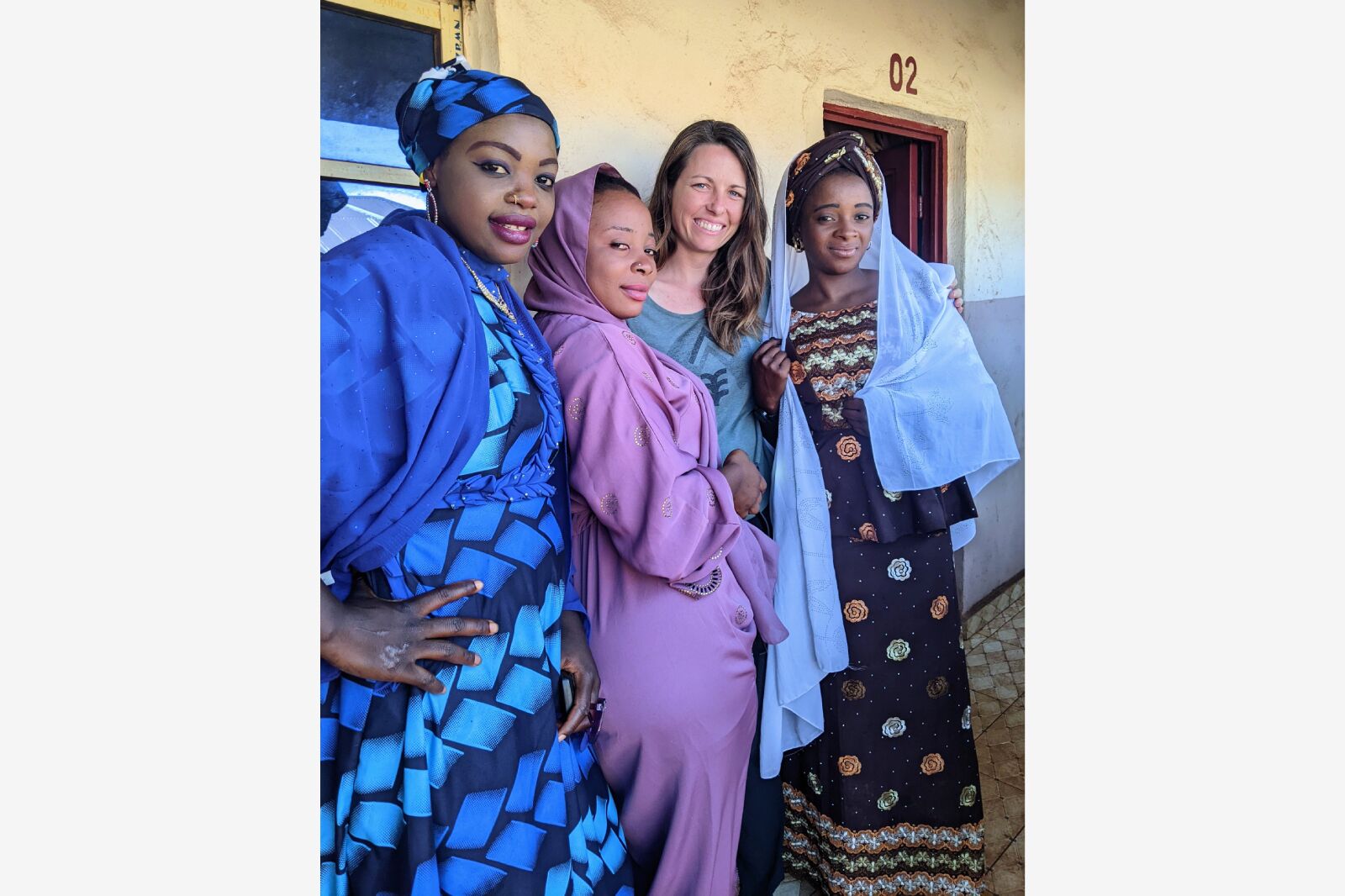
Amanda Zeisset in Gembu, Nigeria. Photo: Amanda Zeisset
The way people consume content has also transformed the experience. While traditional blogs and magazines still hold value, not everyone wants to read long, wordy articles. Platforms like YouTube, Instagram, and TikTok offer bite-sized, immersive content — short videos, posts, and reels — that quickly engage viewers.
Smartphones, fast internet, and social media have democratized content creation. Independent creators can now build their own audiences, secure brand partnerships, and monetize through ads. Technology also makes it easy for audiences to save and act on content, book trips or buy products directly from their devices.
What are the emerging trends in adventure travel that you see shaping both the way that people travel and how they engage with travel stories?
The biggest trend that’s on my radar is people seeking out experiences beyond the usual guide book spots. Everyone has heard about hiking the Inca Trail to Machu Picchu and diving the cenotes in Mexico. I see more and more people looking to go to remote places and have unique, extraordinary experiences.
Adventure Fix is designed with these travelers in mind — those who have “been there, done that” and are now craving deeper, more authentic adventures. We aim to connect our readers with unique journeys that offer something truly special and unforgettable. ![]()
To learn more, sign up for the Adventure Fix newsletter.

































